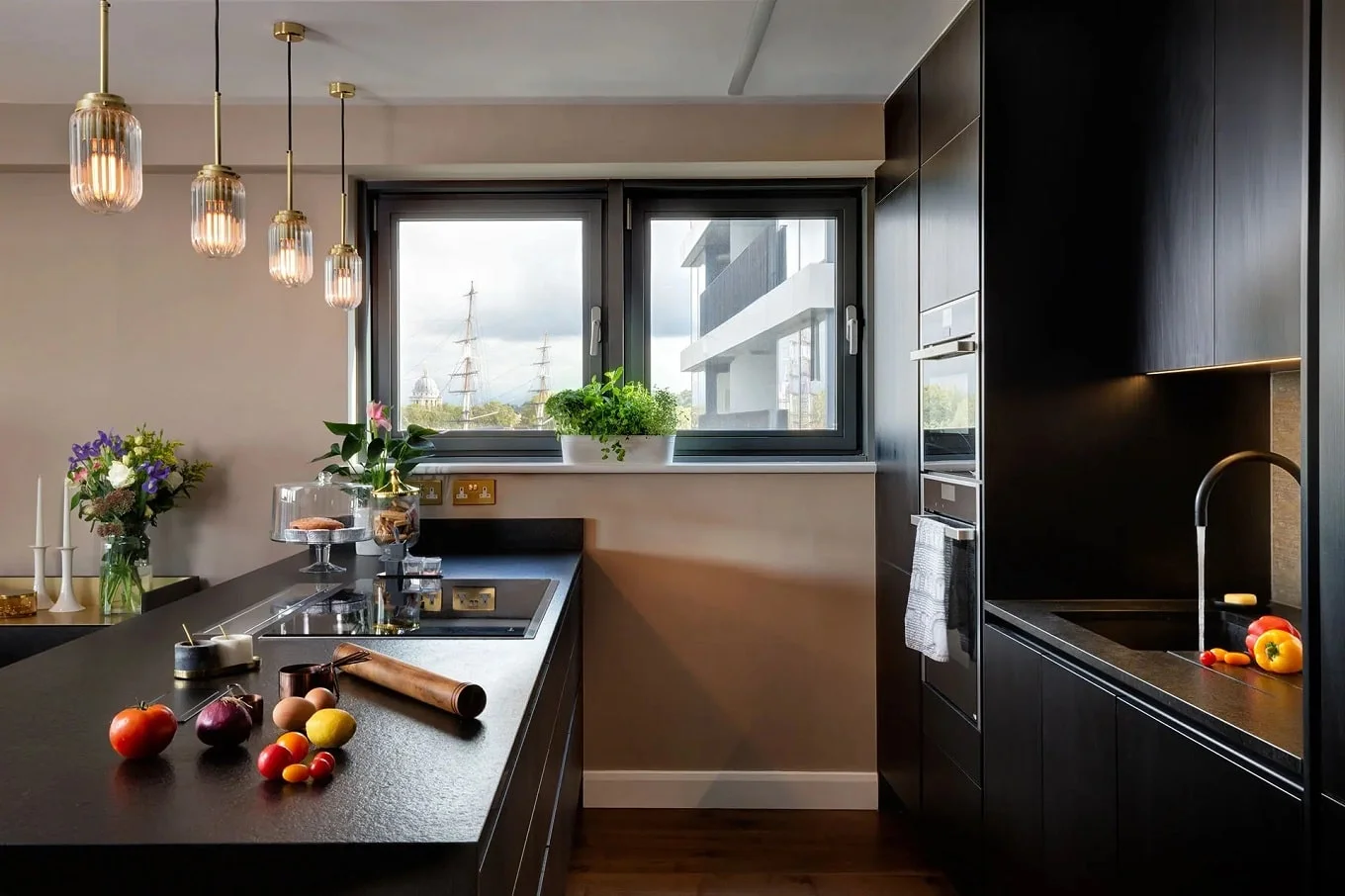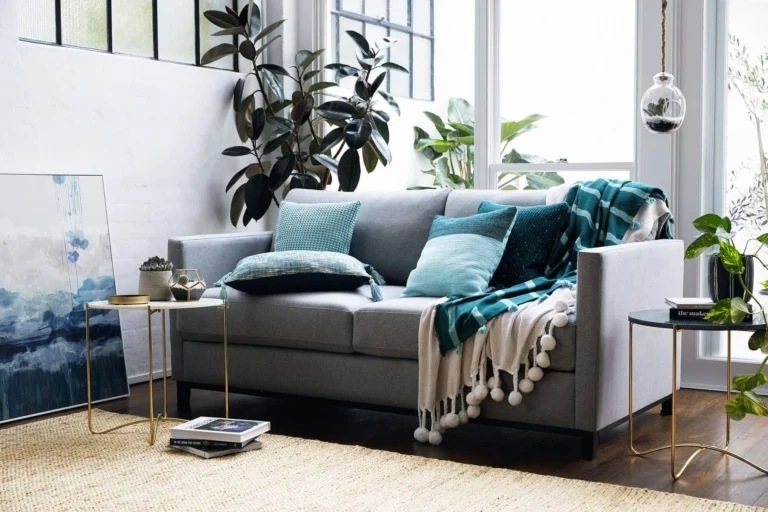When it comes to contemporary architectural design, the maximisation of ventilation is of the utmost importance. Efficient ventilation is of paramount importance in both residential complexes and commercial skyscrapers, as it not only improves the comfort of occupants but also ensures the preservation of interior air quality and energy efficiency. One key component in achieving these objectives is the strategic utilisation of HVAC (Heating, Ventilation, and Air Conditioning) louvre wall screens. In this guide, we delve into the intricacies of these screens and explore how they can be leveraged to optimise airflow within buildings.
HVAC Louvre Wall Screens
HVAC louvre wall screens, also known simply as louvres, are structures typically made of aluminium, steel, or other durable materials. They consist of angled slats or fins arranged horizontally or vertically to form a grille-like barrier over openings in building exteriors. These screens serve a dual purpose: they facilitate the passage of air into and out of HVAC systems while also providing protection against environmental elements such as rain, snow, and debris.
Enhancing Airflow Efficiency
One of the primary functions of HVAC louvre wall screens is to optimise airflow within a building. By strategically placing these screens at intake and exhaust points, engineers can regulate the flow of fresh air into interior spaces and expel stale air to the exterior. The design of the louvres plays a crucial role in this process, as the angle and spacing of the slats determine the amount of airflow allowed while minimising resistance and pressure drop.
Maintaining Indoor Air Quality
In addition to promoting airflow efficiency, HVAC louvre wall screens also contribute to maintaining indoor air quality. By acting as a barrier against outdoor pollutants and contaminants, such as pollen, dust, and airborne particles, these screens help filter the air entering the building. This is particularly important in urban environments where air pollution levels can be elevated, as well as in facilities requiring cleanroom conditions, such as hospitals and laboratories.
Balancing Ventilation And Energy Efficiency
While optimising airflow is crucial, achieving a balance between ventilation and energy efficiency is equally important. HVAC louvre wall screens play a key role in this regard by allowing for the controlled intake of fresh air while minimising energy loss. Advanced louvre designs incorporate features such as adjustable slats or motorised dampers, which enable precise regulation of airflow based on occupancy levels, outdoor conditions, and heating or cooling demands.
Integration With Building Architecture
Beyond their functional benefits, HVAC louvre wall screens also contribute to the aesthetic appeal of building exteriors. Modern architectural designs often incorporate these screens seamlessly into facades, utilising their sleek profiles and geometric patterns to enhance visual interest. With customisable options available in terms of material, colour, and configuration, designers have the flexibility to integrate louvres into a wide range of architectural styles while maintaining their functionality.
Practical Considerations And Maintenance
When incorporating HVAC louvre wall screens into building design, several practical considerations must be taken into account. These include factors such as weather resistance, structural integrity, and ease of maintenance. In order to maintain the screens at their peak performance and for their lifespan to be sustained, they must be installed and maintained correctly. This includes conducting routine inspections and cleanings to detect any symptoms of damage or accumulation of debris.
Conclusion
In conclusion, HVAC louvre wall screens are indispensable components in the quest to optimise airflow within buildings. By strategically placing these screens and leveraging their design features, engineers and designers can achieve a delicate balance between ventilation, indoor air quality, and energy efficiency. With advancements in materials and technology, louvres continue to evolve as versatile solutions that not only enhance building performance but also contribute to the overall aesthetic appeal of architectural designs. Whether in commercial, residential, or industrial settings, integrating HVAC louvre wall screens is a proactive step towards creating healthier, more comfortable, and sustainable indoor environments.














Comments